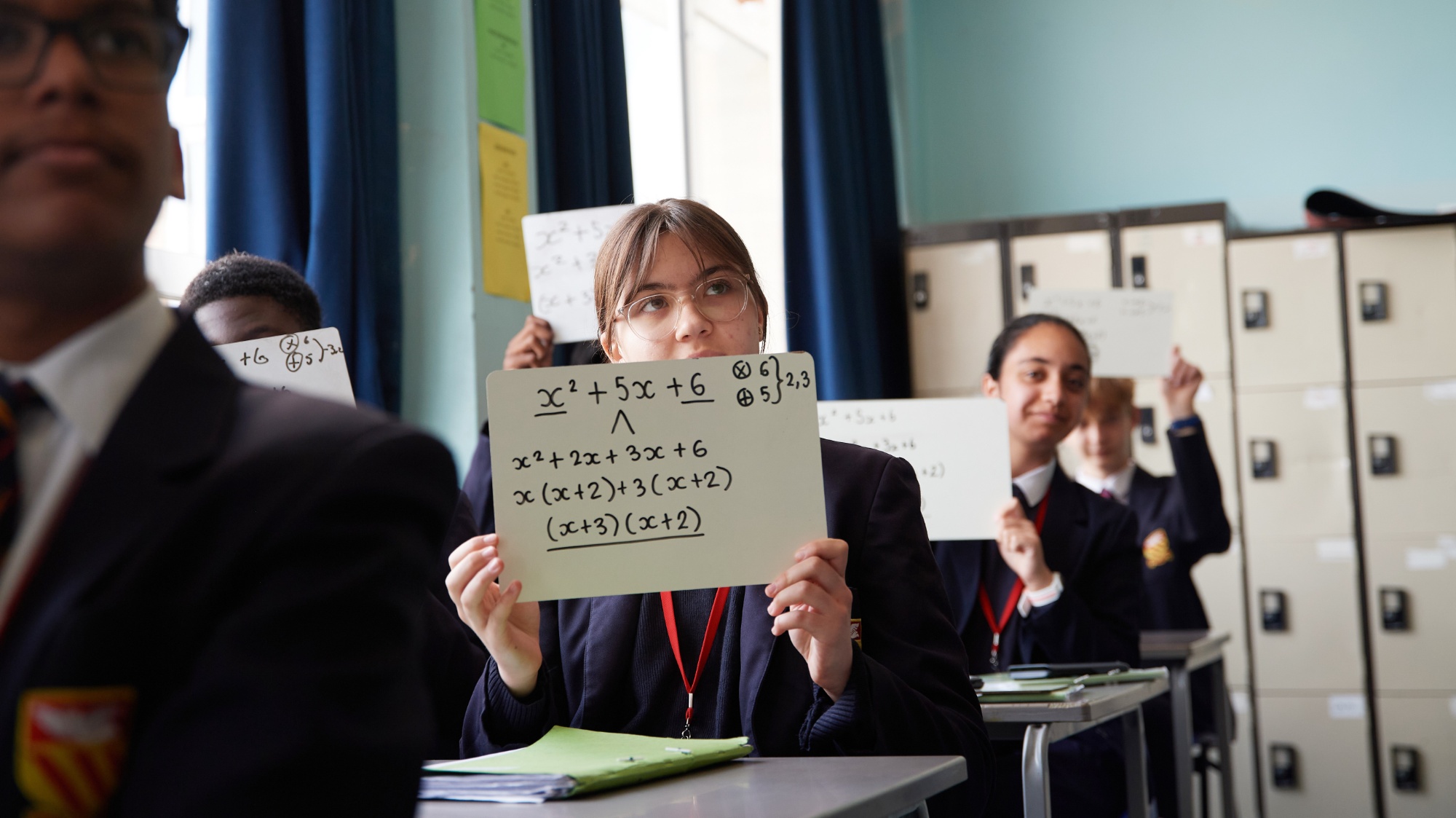Mathematics
The Mathematics department is well resourced, successful and staffed with highly competent, established and motivated teachers. We encourage the children in our care to realise that hard work will always pay dividends and that asking questions is vital to success. We try very hard to make ourselves available to students outside of lesson time and welcome good communication between teacher, pupil and home. As teachers we enjoy the challenge of our subject and hope all our children do too.
year 7
In Year 7 at St Gregory's, students use the Collins Maths Frameworking texts.
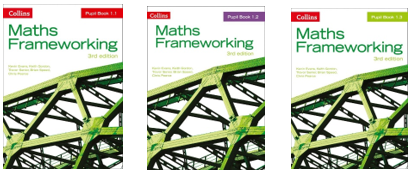
We subscribe to several mathematics websites to support your child with their learning. All students are allocated an account to the following websites.
Maths Watch – https://vle.mathswatch.co.uk/vle/
My Maths – https://www.mymaths.co.uk/
Dr Frost – https://www.drfrostmaths.com/
If you would like to access our schemes of work for this academic year, please click the links below.
Year 7 - SoW - 7M3, 7M4, 7M7 & 7M8
More details are available from your child’s teacher or contact Ms Hernon, Head of Mathematics.
year 8
In Year 8 at St Gregory's, students use the Collins Maths Frameworking texts.
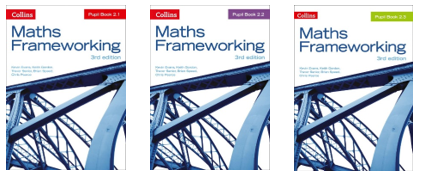
We subscribe to several mathematics websites to support your child with their learning. All students are allocated an account to the following websites.
Maths Watch – https://vle.mathswatch.co.uk/vle/
My Maths – https://www.mymaths.co.uk/
Dr Frost – https://www.drfrostmaths.com/
If you would like to access our schemes of work for this academic year, please click the links below.
Year 8 - SoW - 8M3, 8M4, 8M7 & 8M8
More details are available from your child’s teacher or contact Ms Hernon, Head of Mathematics.
year 9
In Year 9 at St Gregory's, students continue to build on key mathematical skills to prepare them for either the Higher Tier or Foundation Tier GCSE courses.
We subscribe to several mathematics websites to support your child with their learning. All students are allocated an account to the following websites.
Maths Watch – https://vle.mathswatch.co.uk/vle/
My Maths – https://www.mymaths.co.uk/
Dr Frost – https://www.drfrostmaths.com/
If you would like to access our schemes of work for this academic year, please click the links below.
More details are available from your child’s teacher or contact Ms Hernon, Head of Mathematics.
year 10
At St Gregorys, students sit the Edexcel exam board for GCSE Mathematics. Students are either entered for Foundation Tier (Grades 1-5) or Higher Tier (Grades 3-9).
During Year 10 and Year 11, a decision will be made regarding each student with respect to the tier of entry, and students use the corresponding Collins GCSE Mathematics text.
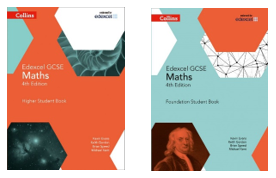
We subscribe to several mathematics websites to support your child with their learning. All students are allocated an account to the following websites.
Maths Watch – https://vle.mathswatch.co.uk/vle/
My Maths – https://www.mymaths.co.uk/
Dr Frost – https://www.drfrostmaths.com/
If you would like to access our schemes of work for this academic year, please click the links below.
More details are available from your child’s teacher or contact Ms Hernon, Head of Mathematics.
year 11
At St Gregory's, students sit the Edexcel exam board for GCSE Mathematics. Students are either entered for Foundation Tier (Grades 1-5) or Higher Tier (Grades 3-9).
During Year 10 and Year 11, a decision will be made regarding each student with respect to the tier of entry, and students use the corresponding Collins GCSE Mathematics text.
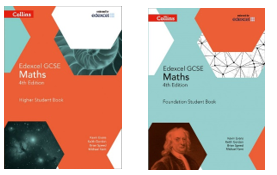
We subscribe to several mathematics websites to support your child with their learning. All students are allocated an account to the following websites.
Maths Watch – https://vle.mathswatch.co.uk/vle/
My Maths – https://www.mymaths.co.uk/
Dr Frost – https://www.drfrostmaths.com/
If you would like to access our schemes of work for this academic year, please click the links below.
More details are available from your child’s teacher or contact Ms Hernon, Head of Mathematics.
year 12
At St Gregory's, students sit the Edexcel exam board for A-level Mathematics and Further Mathematics. Students use the Pearson A-level Mathematics and Further Mathematics texts.
Maths

Further Maths
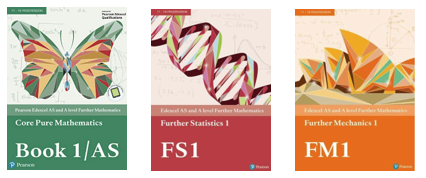
We subscribe to several mathematics websites to support your child with their learning. All students are allocated an account to the following websites.
Maths Watch – https://vle.mathswatch.co.uk/vle/
My Maths – https://www.mymaths.co.uk/
Dr Frost – https://www.drfrostmaths.com/
If you would like to access our schemes of work for this academic year, please click the links below.
More details are available from your child’s teacher or contact Ms Hernon, Head of Mathematics.
year 13
At St Gregory's, students sit the Edexcel exam board for A-level Mathematics and Further Mathematics. Students use the Pearson A-level Mathematics and Further Mathematics texts.
Maths
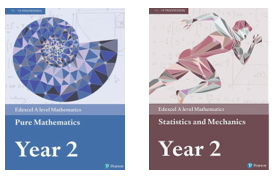
Further Maths
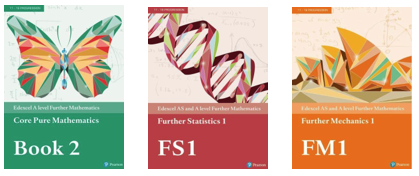
We subscribe to several mathematics websites to support your child with their learning. All students are allocated an account to the following websites.
Maths Watch – https://vle.mathswatch.co.uk/vle/
My Maths – https://www.mymaths.co.uk/
Dr Frost – https://www.drfrostmaths.com/
If you would like to access our schemes of work for this academic year, please click the links below.
More details are available from your child’s teacher or contact Ms Hernon, Head of Mathematics.

